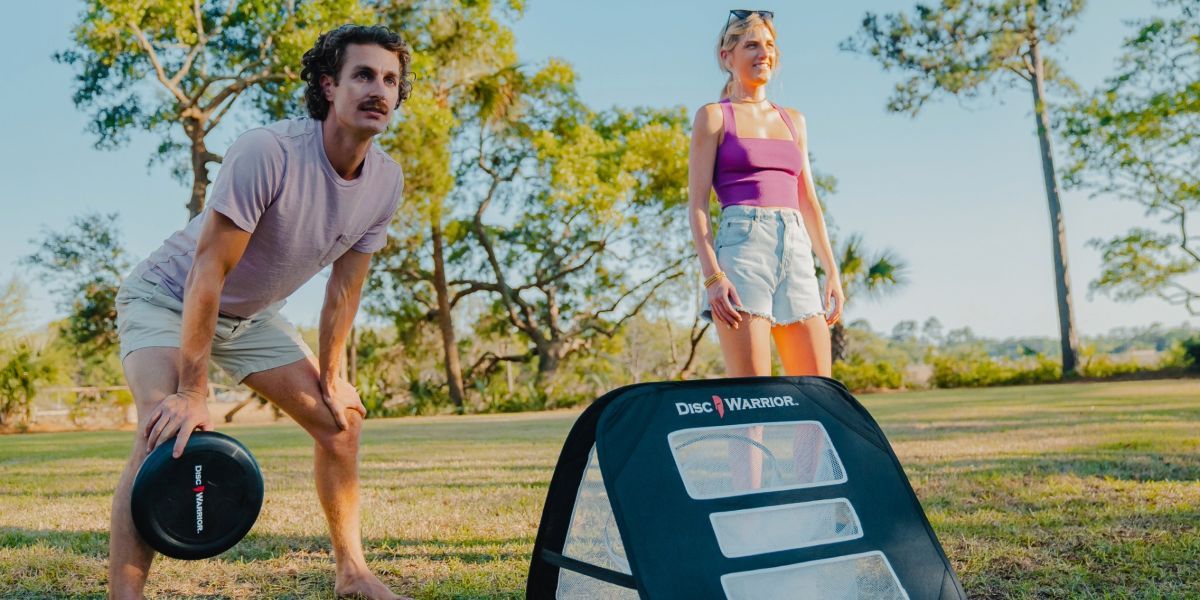Qantas said it made a profit of more than A$1.4 billion in the year’s first half. Compared to last year, this is a big change.
During the pandemic, when Australia put in place strict travel rules, the company lost more than A$7 billion.
Last year, it had more problems, like flights being canceled, losing luggage, and being late.
The airline said that the increase in profits was because more people wanted to fly, ticket prices went up, and costs were cut.
As the pandemic restrictions on travel were lifted, CEO Alan Joyce said that sales had tripled in the six months leading up to the end of December, reaching almost A$10 billion.
The A$1.4 billion profit is a big change from the A$456 million loss during the same period the year before.
Mr. Joyce said, “This is a huge change from our huge losses just a year ago.”
Because of the pandemic, many countries closed their borders, and Australia made some of the strictest travel rules in the world.
Most people who weren’t Australians could only stay in the country for up to 18 months, and strict limits on who could come in meant that thousands of Australians were stuck abroad.
Qantas said in August 2020 that it would outsource 2,000 ground staff jobs and cut tens of thousands of jobs to reduce losses.
But that led to an expensive court case and the need to hire more people.
Last year, when the restrictions were lifted, the lack of supplies caused chaos at Australian airports. Passengers had to wait long lines to check-in, and senior executives were called in to help fill the gaps.
As anger grew, it was reported in August that eggs and toilet paper were thrown at Mr. Joyce’s A$19 million waterfront home.
After several technical problems with its planes while in the air in January, the airline pushed back against claims that the problems were widespread.
Even with all these problems, AirlineRatings.com said that Qantas was the safest airline in the world.
Mr. Joyce said on Thursday that the airline was “reinvesting” in its customers and that prices would start to go down as problems with the supply chain and resources were fixed.
But Qantas also said prices would stay “significantly” higher than in 2019.
Qantas started long-distance flights “Project Sunrise”
As Qantas gets ready to start its ultra-long-haul “Project Sunrise” flights in 2025, the airline is giving a sneak peek of what front-seat passengers will see and do on the record-breaking 19-hour trips.
Thursday, the airline showed off models of the first-class and business-class cabins for the 12 Airbus A350s that will be used for direct flights between Australia, New York, and London.
Because people spend so much time in the air, designers try hard to make them more comfortable.
In addition to working with designers and aviation experts, the airline also brought in a team of scientists from the Charles Perkins Centre at the University of Sydney. On this team were people who study sleep.
Instead of the usual 300 or more seats, the Project Sunrise A350s will only have 238 seats. This is so that passengers will have more room.
The first-class cabin seats, called First Suites, will have an extra-wide fixed bed, a 22-inch wide recliner lounge chair, a full-length closet, a folding dining table big enough for two, and a 32-inch ultra-high definition TV.
Several of the world’s longest flights
During World War II, there were secret flights from Perth to Sri Lanka on the way to London. This is where the name “Project Sunrise” came from. They were dangerous and lasted so long that two sunrises happened.
In 2019, Qantas did three test research flights to prepare for Project Sunrise’s launch.
In the weeks before and after these flights, the pilots wore brainwave monitors and had their urine tested to track their melatonin levels. Melatonin is a hormone that controls sleep cycles.
Scientists could examine how lighting, food and drink, movement, sleep patterns, and in-flight entertainment affected people’s “health, well-being, and body clock” in the main cabin.
This information was given to Australia’s Civil Aviation Safety Authority, which needs proof that pilots, cabin crew, and passengers can stay in the air for up to 22 hours without a break.
Flight QF7879, one of the test flights, became the world’s longest passenger flight on a commercial airline in terms of distance (about 11,060 miles or 17,800 kilometers) and time in the air (19 hours and 19 minutes).
In keeping with the project’s name, people saw two sunrises.
Read Also: Flybe: Regional airline cancels all flights
The 9,536.5-mile Singapore Airlines flight from Singapore to New York City (Singapore-JFK) is the world’s longest regularly scheduled passenger flight.
Because of the headwind, it takes 18 hours and 5 minutes to fly from Singapore to JFK, but it takes 18 hours and 40 minutes to fly from JFK to Singapore.





